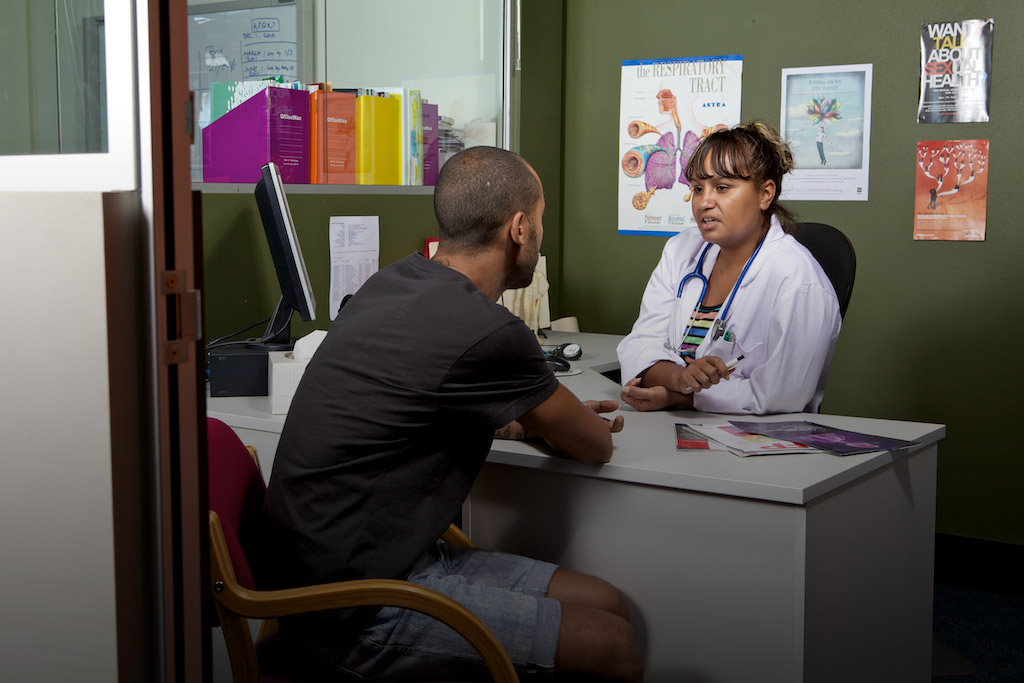ABOUT HIV
About HIV
HIV stands for Human Immunodeficiency Virus and is a virus that attacks the body’s natural defence against disease known as our ‘immune system’. Today, thanks to HIV medication (known as treatments) living with HIV is vastly different to what it meant to a person’s ongoing health and life expectancy when the epidemic first began.
In Australia, it is estimated that there were 27, 545 people living with HIV in 2017, and globally there are around 36.7 million. Today, a HIV positive person who is on effective treatment can live as long and as healthy a life as a person who does not have HIV.
A person with HIV is described as ‘HIV positive’, meaning that they receive a ‘positive’ result from a blood test for HIV infection. This does not mean they have AIDS.
AIDS (Acquired Immune Deficiency Syndrome) occurs as the result of a person’s immune system being severely damaged by HIV. Unless a person commences treatment, they will be vulnerable to infections and illnesses that their immune system would normally fight off.
It is important for people who think they might be at risk of getting HIV to test regularly, and if they receive a positive result they can start treatment as soon as possible to look after their ongoing health.
This video was developed for Health Equity Matters for World AIDS Day, which is held annually on December 1st, to highlight the significant progress in the response to HIV and recognise that more must still be done to ensure nobody is left behind.


